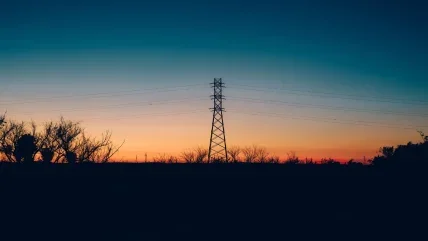
The Baltic states of Estonia, Latvia, and Lithuania have completed their transition away from Russia’s and Belarus’s electricity systems, achieving full integration into the European Union’s (EU’s) internal energy market. The Baltic States have successfully joined the European continental network via Poland, enabling them to manage their own energy systems under common and transparent European regulations. This synchronisation enhances the EU’s energy security and supports the integration of renewable energy, ultimately benefiting consumers with lower energy costs.
The synchronisation project, a key EU initiative, has received significant political, technical, and financial support from the European Commission over the past 15 years. The EU’s Connecting Europe Facility provided over €1.23bn in grants, covering 75% of the investment costs. Additional funding under the Recovery and Resilience Facility has supported infrastructure upgrades in Latvia and Lithuania to further strengthen their electricity networks.
A formal ceremony, ‘Energy Independence Day,’ is being held in Lithuania to mark this milestone. The event is attended by European Commission President Ursula von der Leyen, Commissioner for Energy and Housing Dan Jørgensen, and Commissioner for Defence and Space Andrius Kubilius, along with political leaders from the Baltic States, Poland, and other key stakeholders.
Previously, Estonia, Latvia, and Lithuania were the last EU member states operating entirely within the Russian and Belarusian electricity system, where frequency control was centrally managed by Russia. This dependency left them vulnerable to energy disruptions. By synchronising with the EU electricity grid, the Baltic States now have full control over their power networks, strengthening the energy security of the Eastern Baltic Sea region and the wider EU.
The completion of this EU-backed initiative, ten months ahead of schedule, highlights the coordinated efforts of the Baltic States, Poland, transmission system operators, businesses, and investors involved in the project.
Looking ahead, Catharina Sikow-Magny, the European Coordinator for Baltic Synchronisation projects, will continue working with EU member states in the region to finalise remaining aspects of the initiative. One key development is the construction of the 700 MW Harmony Link Interconnector between Lithuania and Poland, which is scheduled for completion in 2030.
The European Commission has prioritised the synchronisation of the Baltic States’ electricity networks for over 15 years as part of the Baltic Energy Market Interconnection Plan (BEMIP) High-Level Group.
EU financial support for this initiative has been provided through projects of common interest (PCIs) listed under the EU Regulation on Trans-European Networks for Energy (TEN-E). More than 40 investment projects have contributed to the synchronisation effort, enhancing energy autonomy and security of supply in the region. Work on final investments and supplementary measures is ongoing.
The project has been coordinated by the European Network of Transmission System Operators for Electricity (ENTSO-E) in collaboration with Continental Transmission System Operators (TSOs). Additional investments in battery energy storage systems in Latvia and Lithuania have been supported through the Recovery and Resilience Facility.
President von der Leyen said: “Today history is being made: the Baltic States are switching on energy independence. The last electricity grids in Europe still linked to Russia are now fully integrated into Europe’s internal energy market, with the support of over 1 billion euros of European funding over the years. The last remaining electricity lines with Russia and Belarus will now be dismantled.”






